Textbooks are not a playground for the interests of any group, but the knowledge foundation for a whole generation of citizens. If we are not transparent and impartial in the selection process, all reforms will be just a formality.
Resolution 71-NQ/TW is expected to create a turning point in Vietnam's education . The highlight of the Resolution is the target of resources - administration - technology, and at the same time, it sets out a roadmap to return to a unified set of textbooks from the 2026-2027 school year, aiming for free textbooks by 2030. Experts say this is a technical policy choice but has far-reaching impacts, both standardizing assessment, increasing equal opportunities, and opening up flexible space for innovation in teaching methods.
Mr. Dinh Duc Hien, Executive Director of FPT Bac Giang Primary, Secondary and High School, said that Resolution 71 shows that policy thinking has "locked numbers" into hard levers: targets have milestones and measures, resources have floors and incentives, governance has autonomy and post-audit, the program has a set of textbooks as standards, technology has AI and data as infrastructure.

Is it reasonable to return to one set of textbooks?
Mr. Dinh Duc Hien - Executive Director of FPT Bac Giang Primary, Secondary & High School stated that the breakthrough of the Resolution lies in the interlocking of "goals - resources - administration - technology". For the first time, the budget commitment of 20% - 5% - 3% is accompanied by strong incentives on land, taxes, and public assets to create financial sustainability; accompanied by full autonomy with post-audit, and a digital transformation/AI program that is system-architectural in nature, not just limited to equipment.
In addition, a unified set of national textbooks (starting from the 2026–2027 school year, aiming for free textbooks by 2030) helps standardize assessment and increase equity of opportunity, which is a policy-technical choice but has far-reaching impacts on the quality of the foundation.
Mr. Nguyen Song Hien - an educational researcher, stated that we have gone through the socialization stage with many sets of books, and reality has shown advantages but also revealed many shortcomings: costly, complicated, even causing unhealthy competition.
According to Mr. Hien, in the current context, returning to a set of textbooks is reasonable. However, a set of books does not mean a way of teaching. The set of books must be compiled by the State, based on modern science and pedagogy, with broad social criticism. In addition to printed copies, we need to develop an ecosystem of accompanying digital learning materials: electronic lectures, question banks, illustrative videos, etc. to support teachers and students.
"The important thing is to maintain consistency in standards, while opening up flexibility in teaching, avoiding rigidity. This way, we can ensure fairness and equality in access to knowledge for all students, while also creating motivation to innovate methods, meeting the requirements of the digital age," Mr. Song Hien emphasized.
Mr. Dinh Duc Hien said that the issue of returning to a set of textbooks is not to deny "one program, many textbooks" but to redesign program management to ensure standardized assessment, testing, fair access, and at the same time open up flexible space in supplementary learning materials and local documents.
Mr. Hien stated that the unified roadmap from the 2026-2027 school year and free tuition by 2030 is feasible if accompanied by three things.
The first is the Independent Editorial and Review Board to ensure academic quality; the second is to release both paper and digital versions in parallel with open data standards with the participation of the digital learning materials ecosystem and EdTech; and the third is to train teachers, operate a feedback mechanism and update annually so that textbooks are not “fixed” but learn from classroom practice. The key point is to design exams and assessments based on a set of books to create consistent signals, avoiding “phase difference” between teaching content and quality measures.
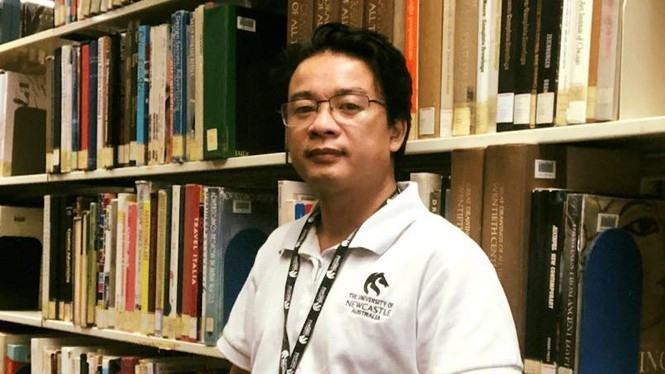
Cannot completely abandon the previous 3 textbooks
Mr. Nguyen Song Hien - an educational researcher, stated that if we had to start over from scratch just to have a unified set of textbooks, it would be a huge waste of both time and money.
However, Mr. Hien believes that the option of choosing one existing set of three books is also unreasonable, because it imposes will, easily creates a sense of injustice, and wastes a lot of knowledge value in the other sets. This method is quick but will leave behind huge social consequences.
"I am inclined towards option three - that is, selecting the best books in each set to combine into a common set. This requires an independent, objective, and prestigious council to evaluate. We cannot let group interests dominate. Only then can we meet the criteria we expect," Mr. Hien stated his opinion.
So what will happen to the three current textbooks? This expert believes that they should not be completely abandoned, because they are the intellectual assets of society. But they cannot “coexist” forever, because it will prolong the chaos. The reasonable way is to retain the best, eliminate the weak, and edit to synchronise. The three current textbooks, after screening, can become a source of reference materials for teachers and students.
"What I want to emphasize is that textbooks are not a playground for the interests of any group, but a knowledge foundation for an entire generation of citizens. If we are not transparent and impartial in the selection process, all reforms will be just a formality," said Mr. Hien.
Mr. Dinh Duc Hien believes that the upcoming picture has three veins. Firstly, AI and data become the learning and management infrastructure, from the national education platform applying AI to digital and AI competency standards for the entire system. This helps connect education data, human resources with the labor market, reducing the gap between supply and demand of skills, and opening up space for educational technology (EdTech) and data-based management.
Second, universities become the knowledge growth pole of the region: the target of increasing international publications by 12% per year, inventions by 16% per year, and 2,000 international lecturers will bring the R&D capacity of enterprises closer to universities, promoting the commercialization of research results.
Third, rebalancing the structure of learners: by 2030, at least 35% will study basic sciences, engineering and technology, thereby strengthening the foundation for spearhead industries and digital transformation of the economy. The combined impact is to increase total productivity, create high-skilled jobs and strengthen technological competitiveness. ( Do Hop recorded )
Source: https://tienphong.vn/lam-cach-nao-de-co-mot-bo-sgk-thong-nhat-hien-dai-post1779051.tpo








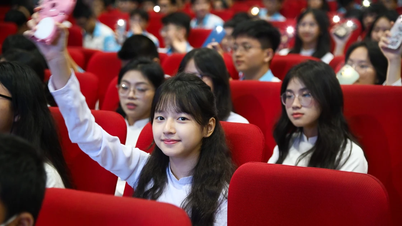



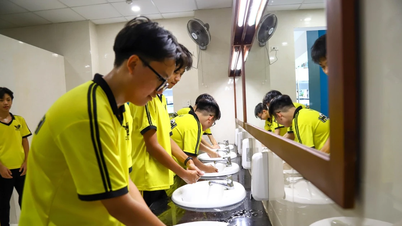
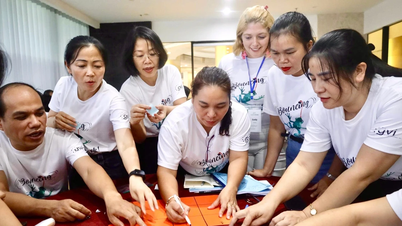

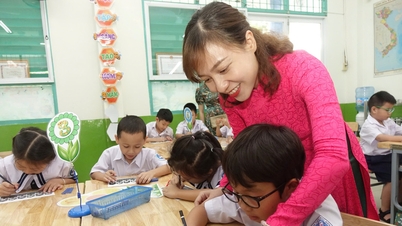

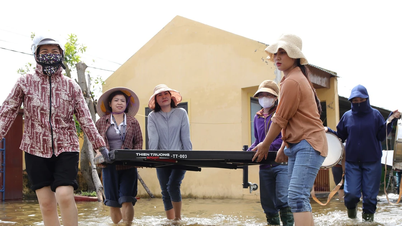
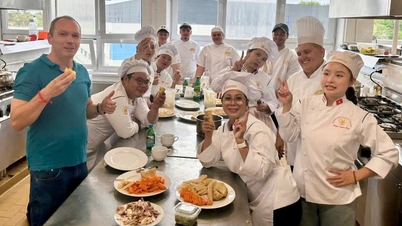





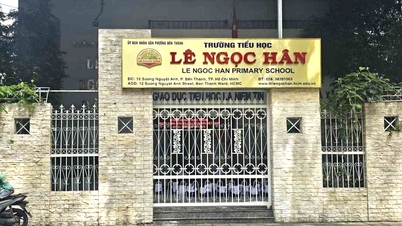








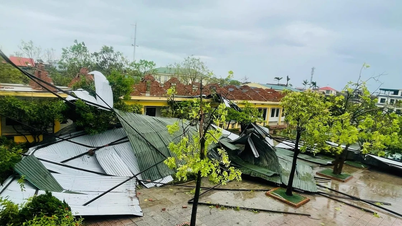


![[Photo] Solemn opening of the 12th Military Party Congress for the 2025-2030 term](https://vphoto.vietnam.vn/thumb/1200x675/vietnam/resource/IMAGE/2025/9/30/2cd383b3130d41a1a4b5ace0d5eb989d)
![[Photo] The 1st Congress of Phu Tho Provincial Party Committee, term 2025-2030](https://vphoto.vietnam.vn/thumb/1200x675/vietnam/resource/IMAGE/2025/9/30/1507da06216649bba8a1ce6251816820)
![[Photo] President Luong Cuong receives President of the Cuban National Assembly Esteban Lazo Hernandez](https://vphoto.vietnam.vn/thumb/1200x675/vietnam/resource/IMAGE/2025/9/30/4d38932911c24f6ea1936252bd5427fa)
![[Photo] Panorama of the cable-stayed bridge, the final bottleneck of the Ben Luc-Long Thanh expressway](https://vphoto.vietnam.vn/thumb/1200x675/vietnam/resource/IMAGE/2025/9/30/391fdf21025541d6b2f092e49a17243f)





















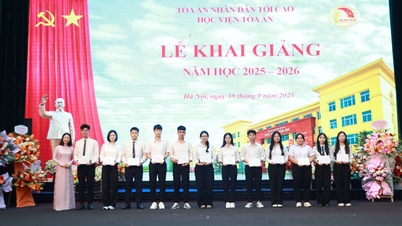










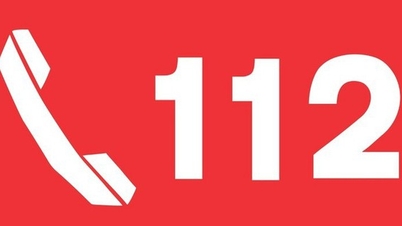







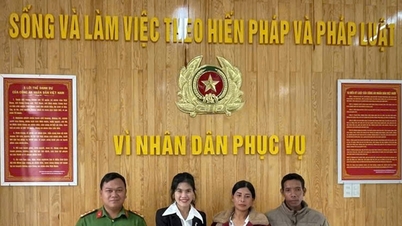

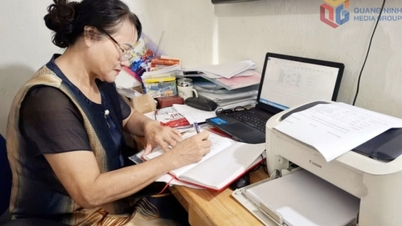



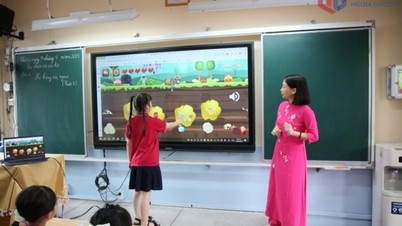
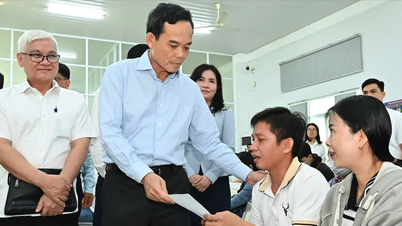













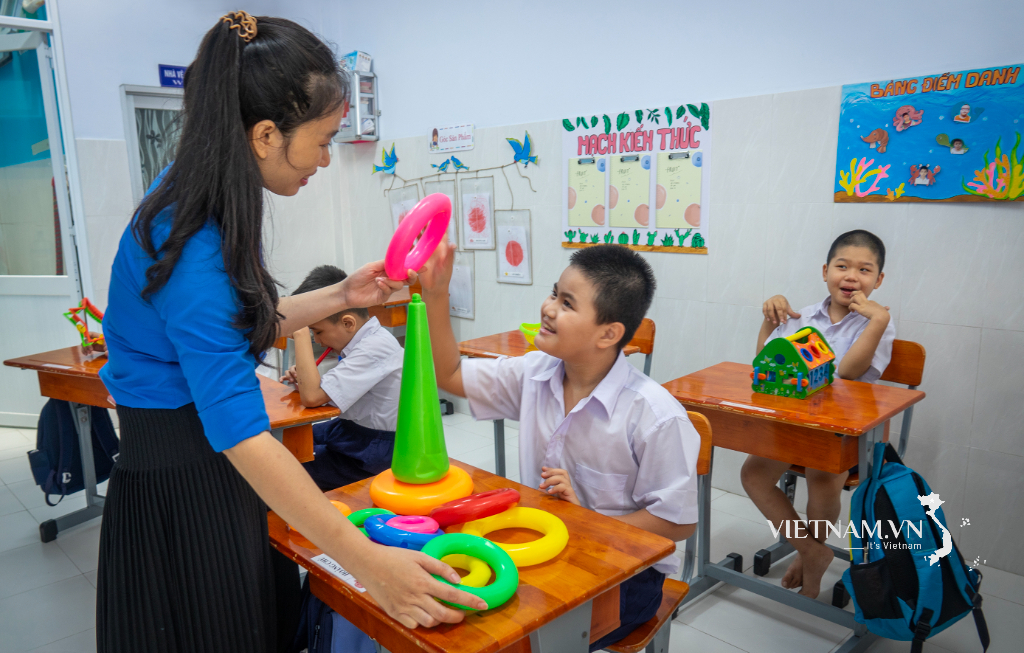


Comment (0)